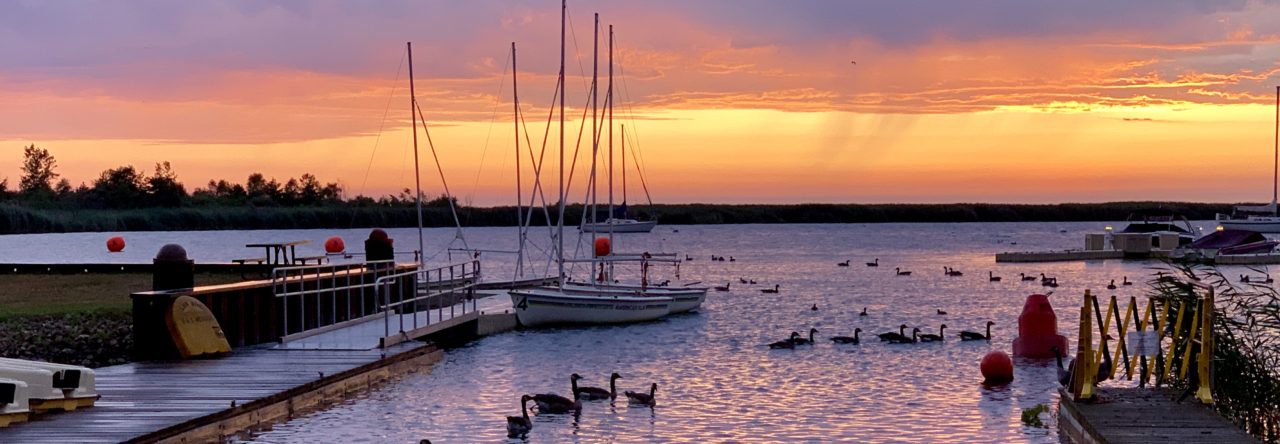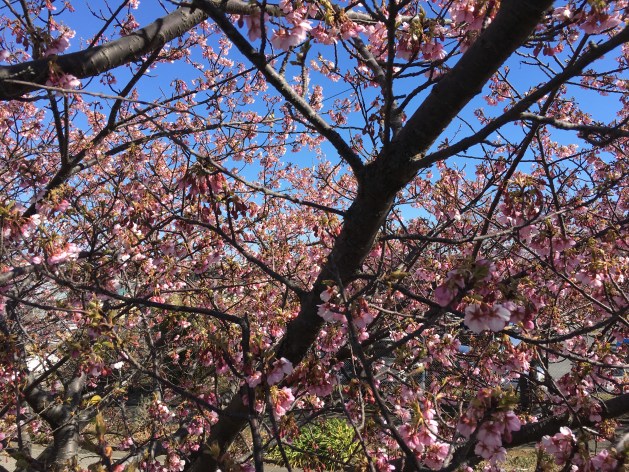One of my top five favorite books is “Eat Pray Love” by Elizabeth Gilbert. If you are familiar with the book or movie, you might remember the part when she is in Italy and takes a trip to Naples. The Tandem Exchange twins she met in Rome, are from Naples and tell her she must go and eat pizza at Pizzeria da Michele.
Here is a quote from her description of the pizza from page 80 of the paperback edition.
“There’s not a menu. They have only two varieties of pizza here – regular and extra cheese. None of this new age southern California olives-and-sundried-tomato wannabe pizza twaddle. The dough, it takes me half my meal to figure out, tastes more like Indian nan than like any pizza dough I every tried. It’s soft and chewy and yielding, but incredibly thin. I always thought we only had two choices in our lives when it came to pizza crust – thin and crispy, or thick and doughy. How was I to have known there could be a crust in this world that was thin and doughy? Holy of holies! Thin, doughy, strong, gummy, yummy, chewy, salty pizza paradise. On top, there is a sweet tomato sauce that foams up all bubbly and creamy when it melts the fresh buffalo mozzarella, and the one sprig of basil in the middle of the whole deal somehow infuses the entire pizza with herbal radiance, much the same way one shimmering movie star in the middle of a party brings a contact high of glamour to everyone around her. It’s technically impossible to eat this thing, of course. You try to take a bite off your slice and the gummy crust folds, and the hot cheese runs away like a topsoil in a landslide, makes a mess of you and your surroundings, but just deal with it.”
I remember the first time I read that passage in 2008. Dave and I were driving home to Germantown, TN from our spring break trip to St. Pete’s Beach, FL. I was reading as he drove and read the passage aloud to him saying something like, listen to how good this pizza sounds. Much to my surprise and to my delight, there is also a Pizzeria da Michele in Tokyo. Both are owned by the same franchise. A friend told me about it and I marked it in Google Maps. When I was looking at Google Maps to see what was around our hotel, I saw the star I had placed last week. Seemed like the perfect Saturday pre-marathon carbo load lunch! We are the gray dot next to Shinjuku station and Pizzeria da Michele is the gold star by Ebisu station. Only 5 train stops away on the Yamanote line.

We arrived at 11:21 am. The restaurant opens at 11:30. We were first in line. By the time they opened the doors, there were 2 groups behind us. When we left an hour later, the restaurant was full and several groups were waiting for a table.

This menu was on the wall outside the restaurant.

We were seated at a table for two and we were given a menu. The menu included several appetizers and only two kinds of pizza. With or without cheese.
While we waited for our food, we watched them preparing pizzas. The pizza maker is behind the glass partition. He hand rolls the dough and adds the toppings. The pizza baker is standing in front of the oven. One person makes the pizza, one person bakes the pizza.

The oven was HUGE.

We started our meal with a green salad. The lettuce was so fresh and tender.

We finished our meal with the double mozzarella pizza.

It was just as delicious as Elizabeth Gilbert described. The first bite!

The pizza doesn’t come cut. On the table are knives and forks so you can cut your slice.
I found it easiest to fold and roll the slice and then bite. None the less, I had grease all over my hands and pants by the time I was finished.

It was an expensive pizza experience. The double mozzarella pizza costs ¥2000 about $18.50. Every bite was worth it and it was cheaper than flying to Italy!
I boldly stated to Dave, the pizza made it on my list of top 5 pizzas ever and it was by far the best pizza we have had in Japan. I did make it clear it wasn’t better than Piece in Chicago. He said it was good and would go back. He thought the mozzarella and sauce were a little too liquidity. Maybe, but that crust!
———————————-
A short follow-up to yesterday’s post about our hotel. Here is a picture of the view from the room this morning. Mt. Fuji!

Also, I learned the hotel has Hello Kitty themed rooms. How did I miss this!?! I looked up the price of the room. A one night stay with breakfast included is ¥74,056 or about $660. Seems like I should be staying in one of those rooms for free considering my running outfit for tomorrow!!




































































































































































































